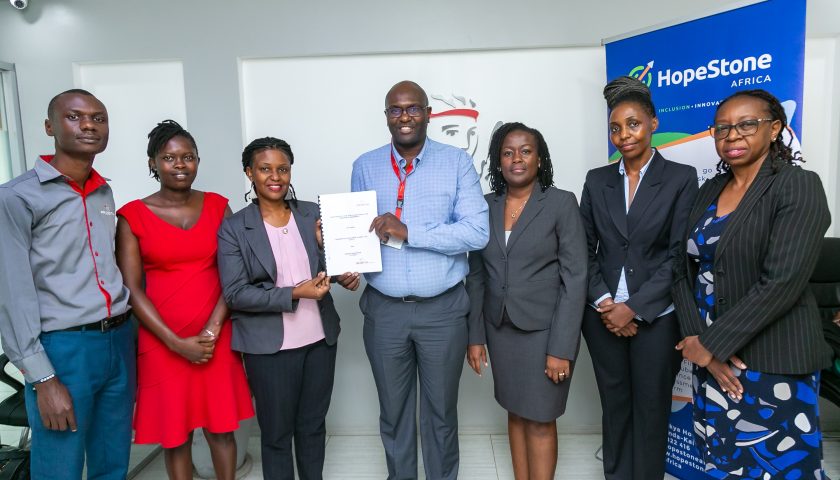Every business owner’s goal is to grow their business. However, due to different factors, these aspirations some times are not achieved according to plan. The gap between desired and actual results indicates a need to perform a gap analysis on the business.
The process of gap analysis is straight forward, depending on what part of the business one is seeking to improve. A gap analysis report must be produced at the end of the exercise to guide in taking action for improvement.
By definition, gap analysis is a formal study of what your business is currently doing, where it wants to go, and how to close the gap between the two. It compares desired and actual outcomes and pinpoints opportunities for improvement.
Business owners can use it to either improve an area in the business that is wanting, or to proactively understand how ti improve chances of business success before undertaking a strategy.
One can use the analysis to improve performance, market positioning, manpower, profits, enhance processes, and improve product portfolios.
Gap Analysis can be done using the following steps:
Step 1: Quantity the need by clearly and measurably identifying what gaps need to be closed for example by what percentage the company needs to improve sales and in what amount of time, plus the tools and resources needed to achieve that.
Step 2: Analyze the current state through observations, qualitative customer feedback, business intelligence, employee feedback
Step 3: Redefine the end goal. Quantify your goals for improvement through clearly stating the goals and actionable steps.
Step 4: Understand the gap by analyzing how big it is and how it affects the business and learn from past mistakes.
Step 5: Determine a plan of action and actually follow through with that plan so as to improve the business.
Every business owner’s goal is to grow their business. However, due to different factors, these aspirations some times are not achieved according to plan. The gap between desired and actual results indicates a need to perform a gap analysis on the business.
The process of gap analysis is straight forward, depending on what part of the business one is seeking to improve. A gap analysis report must be produced at the end of the exercise to guide in taking action for improvement.
By definition, gap analysis is a formal study of what your business is currently doing, where it wants to go, and how to close the gap between the two. It compares desired and actual outcomes and pinpoints opportunities for improvement.
Business owners can use it to either improve an area in the business that is wanting, or to proactively understand how ti improve chances of business success before undertaking a strategy.
One can use the analysis to improve performance, market positioning, manpower, profits, enhance processes, and improve product portfolios.
Gap Analysis can be done using the following steps:
Step 1: Quantity the need by clearly and measurably identifying what gaps need to be closed for example by what percentage the company needs to improve sales and in what amount of time, plus the tools and resources needed to achieve that.
Step 2: Analyze the current state through observations, qualitative customer feedback, business intelligence, employee feedback
Step 3: Redefine the end goal. Quantify your goals for improvement through clearly stating the goals and actionable steps.
Step 4: Understand the gap by analyzing how big it is and how it affects the business and learn from past mistakes.
Step 5: Determine a plan of action and actually follow through with that plan so as to improve the business.
This article originally appeared on The Blue Print




